1994 Ocean Software
Platform: Amiga CD32
As Commodore were desperately holding on towards the mid-1990s, the Amiga CD32 was also desperate for an injection of new and exciting titles to try and help keep everything afloat. Ocean and Digital Image Design (D.I.D) would answer the call with plans to release both T.F.X and Inferno: The Odyssey Continues on the platform.
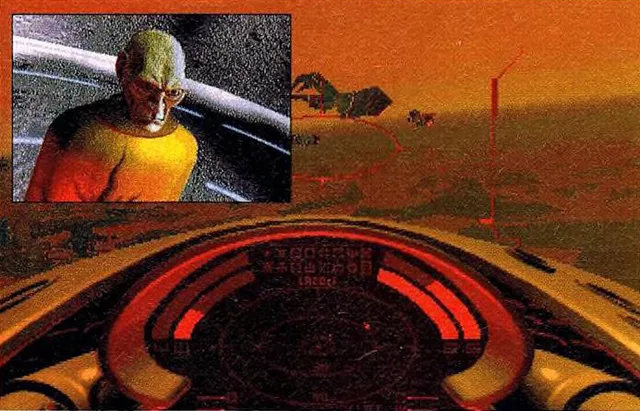
Inferno was billed as the sequel to Epic by some magazines – even though developer Charles Wallace would later tell CD32 gamer magazine that it wasn’t really the case). It was reportedly set 90 years after the events of Epic, where you are a top pilot who has to battle the forces of good and evil.
D.I.D were looking to create an ambitious space simulator with complex and detailed 3D environments, with seven planets and three moons to explore and around 130 missions to complete (Charles later quoted 700 missions). Many magazines described it as being T.F.X (a typical jet fighter simulator) set in space, which is unsurprising considering it would be using essentially the same 3D graphics engine.
As the original Epic had a lot of issues/bugs, D.I.D made it clear that there wouldn’t be any such thing with the sequel. There would also be vastly improved graphics, the addition of cut scenes, and a full CD-quality soundtrack recorded by Alien Sex Fiend – taking full advantage of the CD32’s capabilities. There was also to be a special graphic novel included, designed by Judge Dredd artist Sean Phillips.
Amiga magazines of the time were excited for the release, and some even featured a rolling demo of the game – showing short cut scenes. A video can be found on our YouTube channel of this if you want to take a look. Updates and previews would go on for a while, keeping Amiga users excited.
Tragically both T.F.X and Inferno would eventually be scrapped due to the dying Amiga market, around 1995 time – both were released though on PC. Interestingly, T.F.X was reviewed by several Amiga magazines in 1995, and was practically complete. In a great bit of salvaging work – CU Amiga negotiated with D.I.D/Ocean to finally release the game on their covermount in 1997.
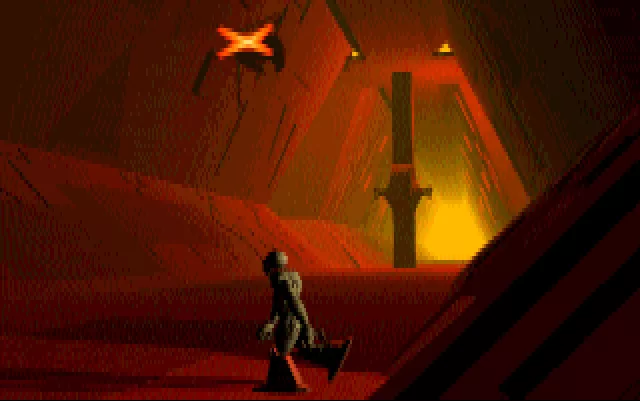
You may ask why the same wasn’t done for Inferno, and this suggests that perhaps Inferno hadn’t reached as late a stage as T.F.X on the platform. Martin Kenwright revealed in a piece for Issue One of Amiga Pro magazine in 1994 that they would develop their games on the PC first, and then downgrade the software to work on the Amiga. It means that Inferno would have been developed on PC, and perhaps just had a test builds made on the Amiga for feasibility at regular points.
An interview with Charles Wallace and Shaun Hollywood suggests that the CD32 conversions of T.F.X (and we assume Inferno) were “looking great”, but with expected compromises in the graphics. They suggest that you would be able to configure the game to get extra speed.
It feels likely that the trio of Amiga developers of T.F.X – Charlie Wallace, Steve Monks and Tim Johnson, were also closely involved with Inferno on the Amiga. So, we hope to hear from them soon to learn more and about how far any conversion had got. Who knows – maybe we could be surprised some day with a playable build?
If you know anything more about this CD32 development, please do get in touch.
With thanks to Karl Kuras for details and heads up about the title, archive.org for scans and Hall of Light for scans.

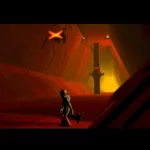
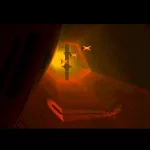










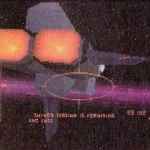



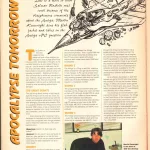
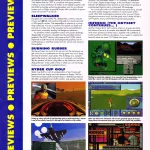

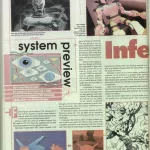

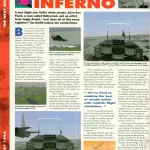
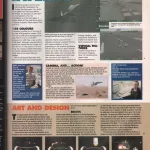
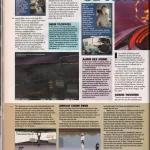

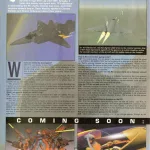
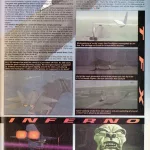

Maybe, but that would have looked a bit ‘primitive’. For the Amiga computers this would have been perfectly fine, as this would also be the case in the PC port: higher settings for faster machines. However the CD32 was a console, and having to set specs lower to have it run on it would have been odd, and probably bad adverstising for their titles . I mean was this ever done for any console?.
This title always made me curious about a ‘what if..’scenario.
IF the CD32 would have stayed a huge success and Commodore would not have folded, how far would they have taken both titles, when it comes to optimizing, to look ‘next gen’and run at an acceptable speed on a CD32.
If the CD32 would have been a worldwide succes, they would not have been able to release a midiocre looking/ watered down and slow running, PC port.
It’s an interesting suggestion. It depends on how their codebase was set up and how they were building everything at the time – it might have been easier for them to create on PC first with all the bells and whistles, and then just have flags to set to turn off certain features on the CD32 build due to speed issues. I suspect that there was code being shared to a degree.